Rising Environmental Concerns
Environmental concerns are increasingly influencing the Fuel Additives Market. As awareness of climate change and air pollution grows, there is a heightened demand for cleaner fuels and additives that minimize harmful emissions. Regulatory bodies are implementing stricter emissions standards, compelling manufacturers to develop fuel additives that comply with these regulations. The market is witnessing a shift towards products that not only enhance performance but also reduce the environmental impact of fuel consumption. For instance, the introduction of low-sulfur and bio-based additives is becoming more prevalent, as they contribute to lower emissions. This trend is expected to propel the market forward, as consumers and industries alike prioritize sustainability in their fuel choices.
Growth of the Automotive Sector
The growth of the automotive sector is a significant driver of the Fuel Additives Market. As vehicle production and sales continue to rise, the demand for fuel additives that enhance engine performance and longevity is also increasing. The automotive industry is increasingly adopting advanced fuel formulations that require specialized additives to optimize performance. In recent years, The Fuel Additives has seen a surge in the production of vehicles, particularly in emerging economies, which is expected to continue. This trend is likely to boost the demand for fuel additives, as manufacturers seek to improve fuel efficiency and reduce emissions in their vehicles. Consequently, the Fuel Additives Market is poised for growth, driven by the expanding automotive sector.
Increasing Demand for Fuel Efficiency
The rising demand for fuel efficiency is a primary driver in the Fuel Additives Market. As consumers and industries seek to reduce fuel consumption and lower operational costs, fuel additives that enhance engine performance and efficiency are gaining traction. According to recent data, the market for fuel additives is projected to grow at a compound annual growth rate of approximately 4.5% over the next few years. This growth is largely attributed to the increasing focus on fuel economy, which is becoming a critical factor for both consumers and manufacturers. Fuel additives that improve combustion efficiency and reduce emissions are particularly sought after, as they align with the broader trend of sustainability and environmental responsibility. Consequently, the demand for innovative fuel additives is expected to rise, driving market expansion.
Increasing Adoption of Alternative Fuels
The increasing adoption of alternative fuels is emerging as a key driver in the Fuel Additives Market. As the world shifts towards more sustainable energy sources, the demand for additives that enhance the performance of alternative fuels is on the rise. Biofuels, for instance, require specific additives to improve their stability and combustion characteristics. The market for alternative fuels is projected to grow significantly, driven by government initiatives and consumer preferences for greener options. This shift is likely to create new opportunities for fuel additive manufacturers, as they develop products tailored to the unique properties of alternative fuels. The Fuel Additives Market is expected to benefit from this trend, as the integration of alternative fuels into mainstream energy consumption continues to expand.
Technological Innovations in Additive Development
Technological innovations are playing a pivotal role in shaping the Fuel Additives Market. Advances in chemical engineering and formulation technologies are enabling the development of more effective and efficient fuel additives. These innovations are not only improving the performance of existing products but also leading to the creation of entirely new additive formulations. For example, the integration of nanotechnology in fuel additives is enhancing their ability to improve fuel stability and combustion efficiency. As a result, manufacturers are increasingly investing in research and development to stay competitive in the market. This focus on innovation is likely to drive growth in the Fuel Additives Market, as companies strive to meet the evolving needs of consumers and regulatory requirements.
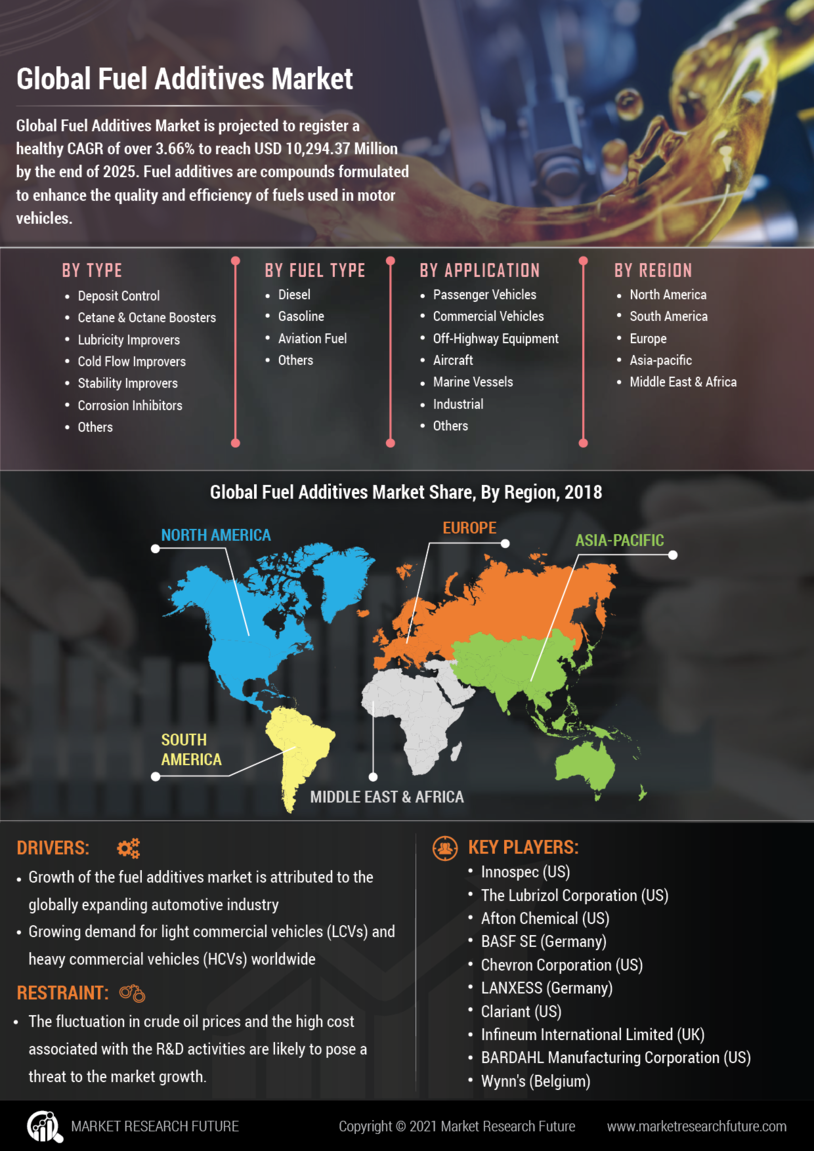

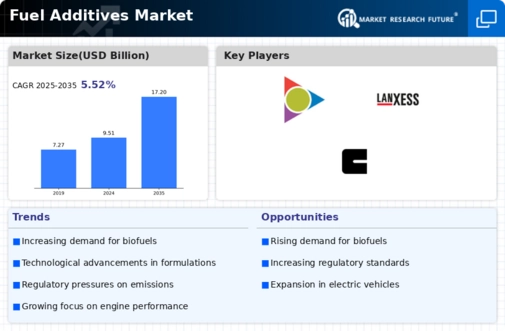
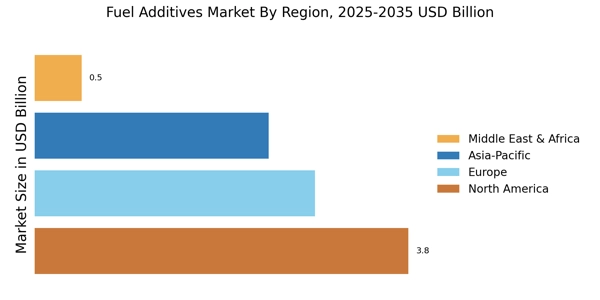
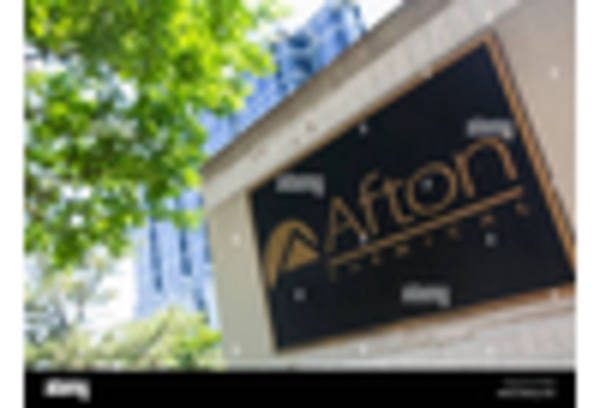

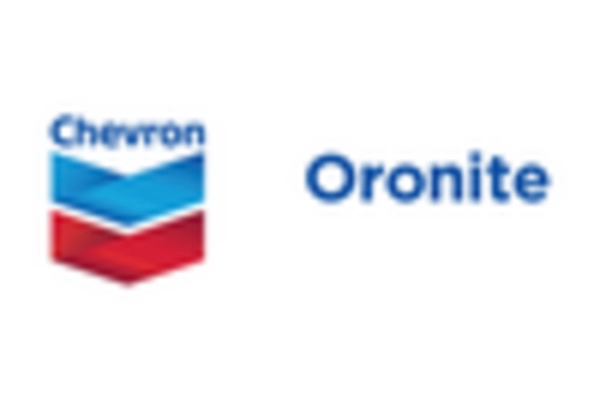
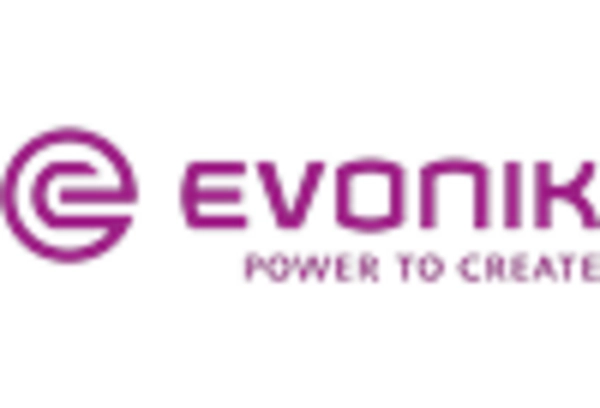

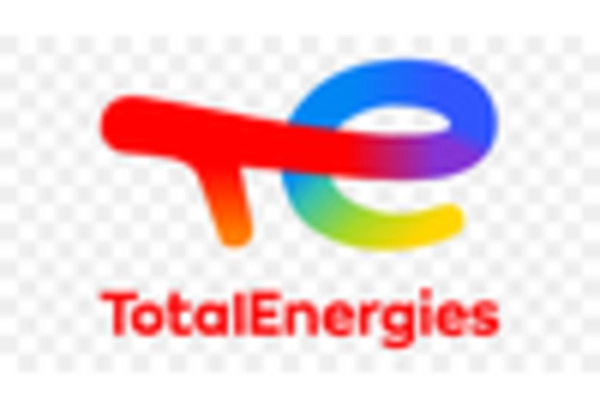








Leave a Comment